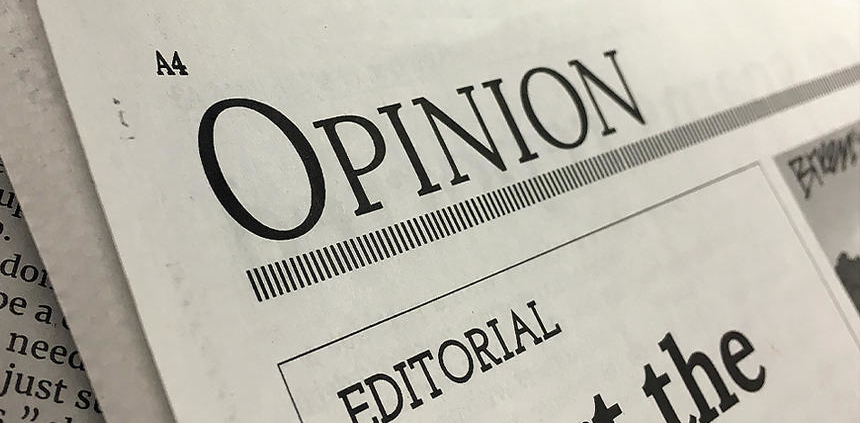Mental health and opioid addiction have infiltrated every fabric of society. No matter your profession, position or perspective, most Americans have been or know someone who is directly or indirectly affected by this epidemic. The collection of literature clearly underscores this fact. Families are torn apart, friendships destroyed, relationships shattered, and communities in distress, all as a result of its devastating impact and severe consequences. Its subject matter is divisive and capable of causing long-term, seemingly irreversible destruction, distress, and dismantle to anything or anyone it touches.
The most pertinent literature specifically examines the pervasiveness of opioid addiction and the efforts employed by law enforcement officials, legislators, medical professionals, and community leaders to develop sustainable solutions. From a historical context, the literature chronicles the transition of opioids. Originally prescribed by physicians to relieve or manage pain, patients developed an uncontrollable dependence on opioids and would resort to unconventional methods to acquire the medications and misuse them. The potency and availability of these drugs increased its popularity and created the public health crisis we have today.
Despite the nobility in a cause, opposition to it will always exists. There is opposition to peace, opposition to love, opposition to activism, etc. The collective decision and responsibility to end opioid addiction and mental health illness represent noble causes and are no doubt worthy of the actions necessary to combat the debilitating effects both have on its victims and communities. Yet, an all-inclusive commitment, consensus, and resolve to ending the epidemic has not been achieved. Some argue the blame should be placed on physicians who fail to properly identify other factors and characteristics of the patients (e.g., potential for dependence, personal history, etc.). However, placing the blame squarely on the shoulders of physicians ignores the complicity and responsibility of the other groups to identify solutions.
Written by: Annette Kee, DNP(c) MSN APRN PMHNP-BC



